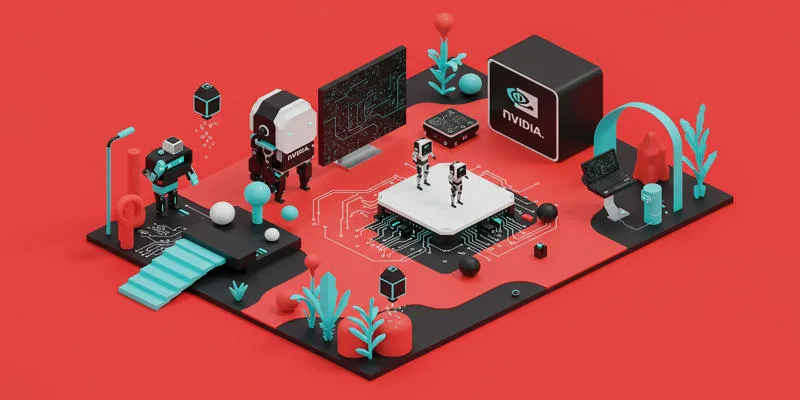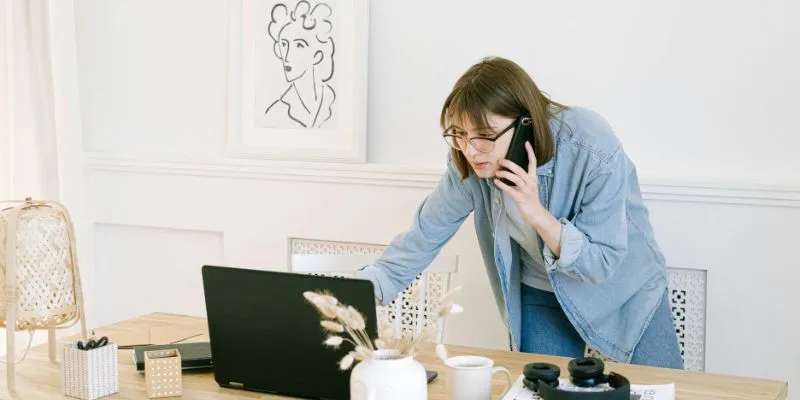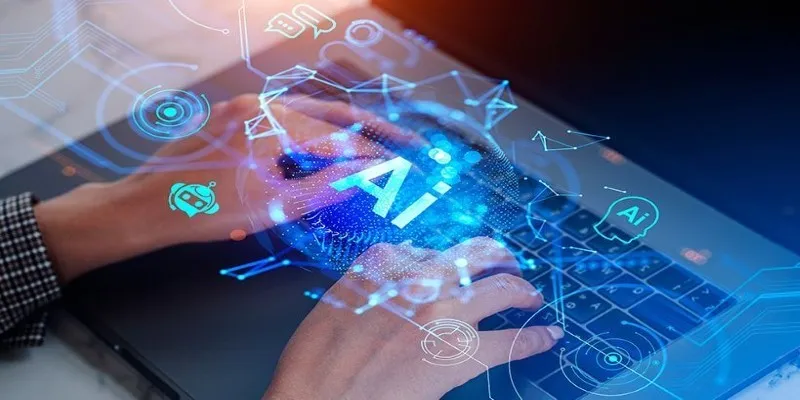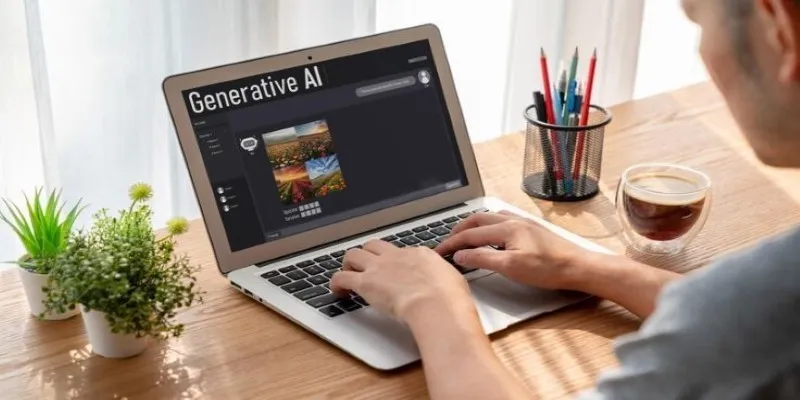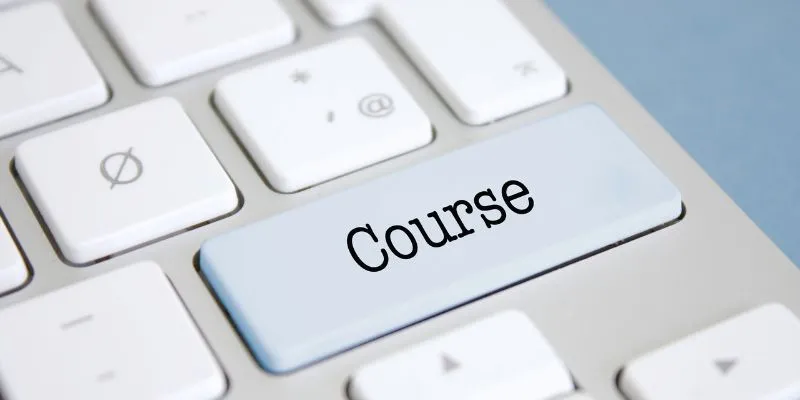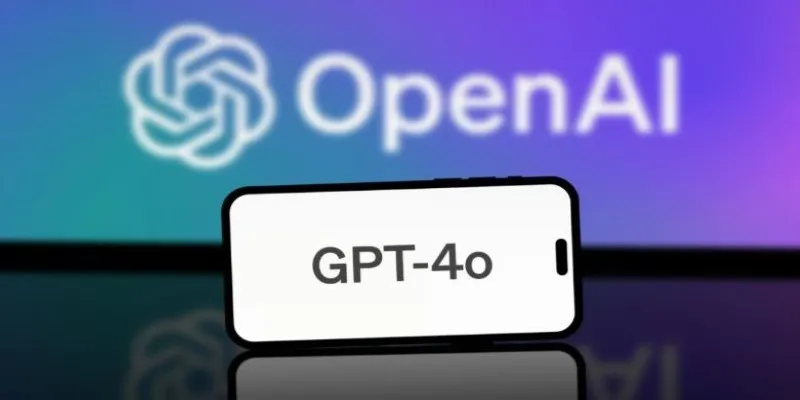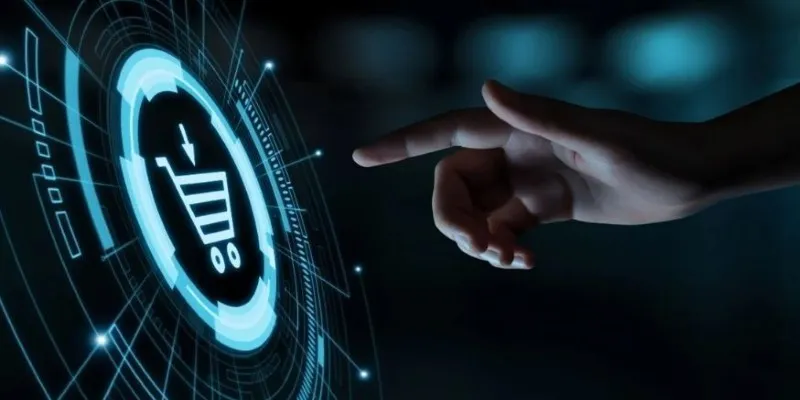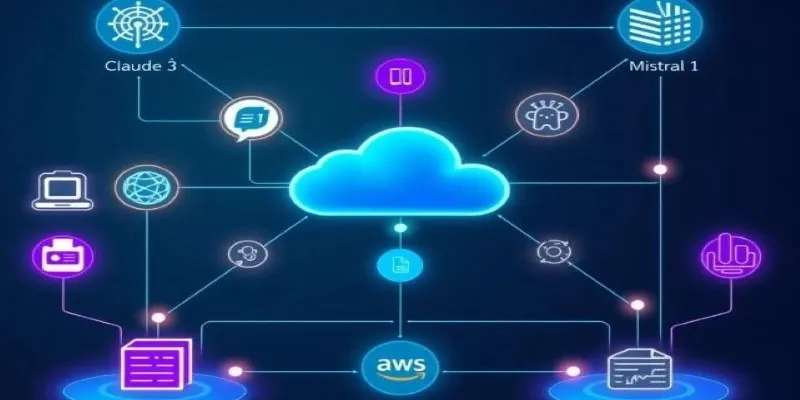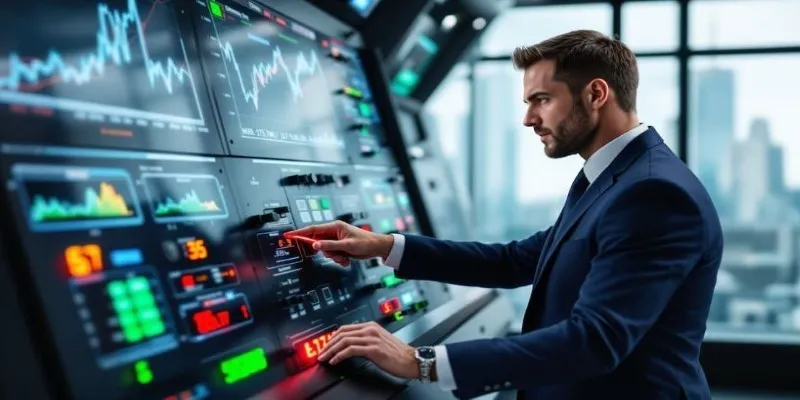Nvidia is at the forefront of AI innovation, pushing the boundaries of agentic artificial intelligence (AI) and physical AI with advanced reasoning models. At the recent GTC 2025 event, the company revealed groundbreaking technologies, including open reasoning models and the Cosmos platform for developing physical AI systems. This article delves into Nvidia’s vision for agentic and physical AI, highlighting their latest reasoning models and the Cosmos platform, which are set to bring transformative changes to the robotics and automotive industries.
Nvidia’s Vision for Next-Generation AI
 Artificial
intelligence is rapidly evolving, transitioning from basic automation tasks to
complex systems capable of reasoning and operating within physical domains.
Nvidia CEO Jensen Huang marked 2025 as a pivotal year for agentic AI,
emphasizing autonomous agents working independently with contextual
understanding. Huang envisions machines integrating intelligence with real-
world interactions, forming the basis of physical AI.
Artificial
intelligence is rapidly evolving, transitioning from basic automation tasks to
complex systems capable of reasoning and operating within physical domains.
Nvidia CEO Jensen Huang marked 2025 as a pivotal year for agentic AI,
emphasizing autonomous agents working independently with contextual
understanding. Huang envisions machines integrating intelligence with real-
world interactions, forming the basis of physical AI.
Nvidia’s introduction of Cosmos, a new reasoning platform, enhances physical AI capabilities and supports the development of agentic AI. These innovations are poised to reshape multiple industries by advancing robotics systems and enhancing autonomous vehicles with improved integration between virtual and physical domains.
Agentic AI: Intelligent Systems That Act
Agentic AI represents a significant leap from traditional generative models, empowering systems to autonomously reason and execute tasks. During GTC 2025, Nvidia launched AI Blueprints—operational templates that help enterprises create customized intelligent agents tailored to their business needs. These agents can convert complex written information into audio summaries and process detailed client requests with contextual understanding.
Applications of Agentic AI
- In healthcare, intelligent agents analyze patient data to provide real-time diagnostic recommendations for doctors.
- In industrial production, agents identify equipment failure points before they occur and manage quality control automation.
- AI-powered chatbots, through agentic systems, efficiently perform multistep customer service operations, enhancing satisfaction.
- The collaboration between Accenture and Nvidia grants businesses access to agentic AI tools, improving productivity and efficiency across sectors.
Physical AI: Machines That Understand the World
Physical AI extends cognitive abilities beyond computers, enabling machines to interact with physical environments and perform tasks requiring spatial awareness. Training systems in physical AI demands highly realistic virtual environments, provided by Nvidia’s Cosmos platform. For example:
- Driverless vehicle testing is conducted in compartmentalized systems that simulate weather conditions like fog and precipitation.
- Robotic systems enhance their actions in environments with friction and conditions requiring inertia control.
- The Cosmos platform includes Cosmos Reason, an open-source reasoning model designed for physical AI development, allowing robots to understand cause-and-effect patterns and interact naturally with their surroundings.
Key Features of Physical AI
World Models create realistic simulations, teaching robots to navigate unpredictable scenarios encountered in real deployments.
The Isaac GR00T Blueprint advances humanoid robotics systems for tasks like product sorting and assembly operations.
Integration with Autonomous Vehicles: Partnerships with companies like Waabi and Wayve leverage Cosmos for robotaxi development.
Physical AI is paving the way for industrial revolutions, enabling machines to think naturally and perform complex operations in real-world applications.
Nvidia’s Open Reasoning Models
Nvidia introduced open reasoning models at GTC 2025, forming a new family of models under the Llama Nemotron platform. This system provides essential components for developers to create sophisticated AI automation systems capable of handling complex execution algorithms.
Benefits of Open Reasoning Models
- These models offer developers flexibility to adapt their structures for specific applications, free from proprietary coding constraints.
- Nvidia Dynamo accelerates inference workflows in “AI factories,” facilities designed for enterprise data processing from entry to deployment.
- Open-source platforms foster innovation, enabling researchers worldwide to enhance their features.
Through these reasoning models, Nvidia demonstrates its commitment to making advanced AI technology accessible, allowing users to explore and enhance their generative and agent-based capabilities.
Cosmos Platform: Bridging Virtual and Physical Worlds
Nvidia utilizes the Cosmos platform to drive the development of physical AI systems, enabling developers to validate machine performance across realistic environmental scenarios safely and cost-effectively.
Impact on Industries
- The Cosmos platform aids Neura Robotics in developing improved robot movements for delicate tasks.
- Cosmos enables Uber to test robotaxi operations, ensuring safe navigation in complex urban environments.
- Healthcare applications leverage medical robots trained through Cosmos for surgical procedures and patient assistance in controlled settings before hospital implementation.
- Businesses are revolutionizing their physical application machine learning methods using Cosmos, combining real-life simulation with large-scale capability to drive faster advancements.
Nvidia Dynamo: Scaling Reasoning Models
 Nvidia has
expanded the reach of its reasoning frameworks by releasing Dynamo, a highly
efficient platform for deploying reasoning models at an enterprise scale.
Nvidia has
expanded the reach of its reasoning frameworks by releasing Dynamo, a highly
efficient platform for deploying reasoning models at an enterprise scale.
Key Features of Dynamo
- The system offers rapid inference procedures, making it ideal for extensive industrial applications in manufacturing and transportation.
- Nvidia GPUs optimize high-performance computing operations, integrating seamlessly into the system.
- The platform allows organizations to manage complete data pipeline flows within their “AI factories” environment.
- Dynamo showcases Nvidia’s approach to making complex reasoning systems accessible to enterprises, facilitating easy operational management.
Challenges Addressed by Nvidia’s Innovations
Nvidia has crafted solutions to tackle various challenges in the generative AI market segment.
- Open development frameworks reduce complexity in system-building while maximizing operational functionality.
- Physical applications benefit from Cosmos, which mitigates testing risks associated with real-world environments.
- Dynamo and its companion tools provide businesses with effective methods to deploy reasoning models across different industrial sectors.
- Open-source access allows organizations with limited budgets to utilize innovative technologies developed through these platforms.
- Nvidia’s proactive approach increases global acceptance of agentic and physical AI systems.
Conclusion
Nvidia’s initiatives in physical and agentic AI represent a revolutionary step forward, creating systems capable of independent reasoning while connecting to physical environments. Partnering with Nvidia for agentic and physical AI solutions ensures technological leadership and strategic business advantage in a competitive marketplace.
 zfn9
zfn9
